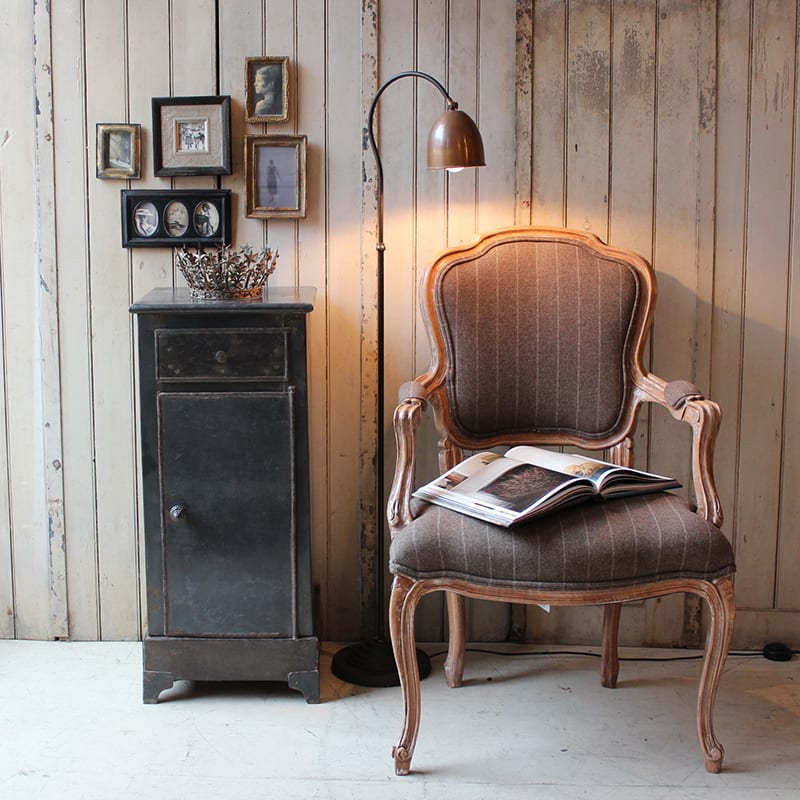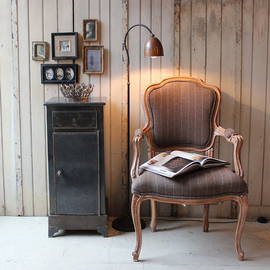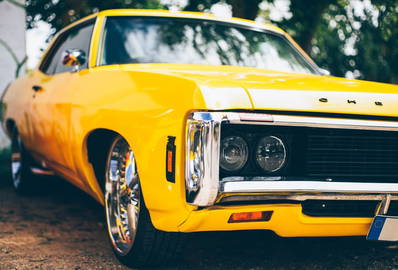
Imagine this: you’ve just purchased the coolest shirt from your favorite resale shop. One of your friends sees it the first day you wear it and says, “Wow, nice shirt!” Your response: “Thanks, it’s vintage.” You can imagine the satisfaction that comes from saying that, can’t you? Few things seem to inspire the reverence that a nifty thrift find does.
“Vintage” has been synonymous with “cool” for a while now. A 2012 BBC article describes the rise of the resale shop to the height of fashion. As well as the increasing popularity of resale furniture, home goods, and more. But what is really vintage? We are going to examine that question in terms of definitions, pop culture, and the way vintage can be used to describe different objects.
Vintage Defined

According to Merriam-Webster, “antique” means “existing since or belonging to earlier times.”
Vintage has a different definition; “a period of origin or manufacture,” as in “my MacBook is a 2013 vintage,” or “of old, recognized, and enduring interest, importance, or quality.”
Retro means “relating to, reviving, or being the styles and especially the fashions of the past; fashionably nostalgic or old-fashioned.”
So, to summarize: antique means old, vintage means old and valuable, and retro means stylistically old (although the object itself doesn’t need to be of any particular age). According to this dictionary, these three words are related but not quite synonymous.
In the popular zeitgeist, however, these words are virtually interchangeable. Urban Dictionary defines “vintage” as “too old to be considered modern, but not old enough to be considered antique. Consider age to be the primary differences between retro, vintage, and antique.
With these newly-unearthed distinctions in mind, let us continue to delve into what makes any group of objects vintage, according to a variety of industries.
The Age Of Vintage

Furniture aficionados are very particular about what distinguishes vintage, antique, and retro. According to The Spruce, vintage furniture is between 30 and 100 years old, while anything older than 100 is an antique. Additionally, vintage furniture should be representative of a certain popular style from its period; any 40-year-old nightstand won’t do.
Bassett Furniture divides old furniture into retro (50 to 70 years old), vintage (70 to 100 years old), and antique (100 years old or more). As a furniture maker that’s existed since 1902, ostensibly the company’s interest and expertise in the antique market is that you can find its furniture in vintage stores as well as in its showrooms.
Everybody wants to know what their old McDonald’s Happy Meal toys are worth (up to $100) and whether any of your PEZ dispensers are valuable (they could fetch as much as $32,000). But which of your childhood playthings actually qualifies as a vintage toy? This designation is difficult to pin down.
Vintage Toys

The Mint Museum in Singapore reportedly accepts toys from the mid-19th century through the mid-20th century for its vintage toy collection.
The World’s Largest Toy Museum boasts a collection of vintage toys and antiques dating from the 1800s to the present day, although unfortunately, they do not distinguish between their antique and vintage offerings.
It seems that the safest bet when discussing toys is to use the year when discussing vintage toys, such as “my vintage 1990’s Furby,” and use antique when talking about old toys in general.
Vintage Cars

When it comes to valuable old cars, there are three major categories: classic, vintage, and antique. According to the Classic Car Club of America, classic cars are limited to those “fine” or “distinctive” automobiles manufactured from 1915 through 1948. There is also an Antique Automobile Club of America, which recognizes all cars manufactured 25 years ago or previously; note that the criteria for these two organizations overlap.
The Vintage Sports Car Club of America admits only race cars built from 1959 through 1965 after each vehicle is reviewed by its classification committee. There is another growing designation for historical vehicles.
According to the Historical Vehicle Association, these cars must have some significant tie to a historical event or person, have some unique design aspect or other manufacturing importance, such as being the first or last of a particular make or model, or, in the case of older vehicles, being among the last or best-preserved. When it comes to cars, both “classic” and “vintage” appear to have very specific time-frames associated with them, but “antique” applies to nearly every older car.
Vintage Marketplace

Generalized antique marketplaces also set their own parameters for defining vintage. Ruby Lane, a website collective that allows users to buy and sell antique and vintage goods, defines antique as at least 100 years old, while vintage in their book is anything between 20 and 100 years old.
This definition includes furniture, as well as home goods, jewelry, dolls, and more. Etsy, another such website, requires vintage items to be at least 20 years old. It does not have a separate category for antiques. eBay tackles the vintage versus antique debate by simply prohibiting new items from qualifying as antiques. It also has subcategories for items from different time periods, such as Edwardian or Victorian.
There are numerous categories of items that could be described as vintage– far too many to delve into them all here. Unfortunately, no industry for a particular variety of old objects seems to have a truly cohesive view of what makes an item vintage, and the different markets sometimes have dramatically different views.
Altogether, it seems that a good estimate of vintage is an item more than 25 years old, but less than 100, at which point it would qualify as an antique.









